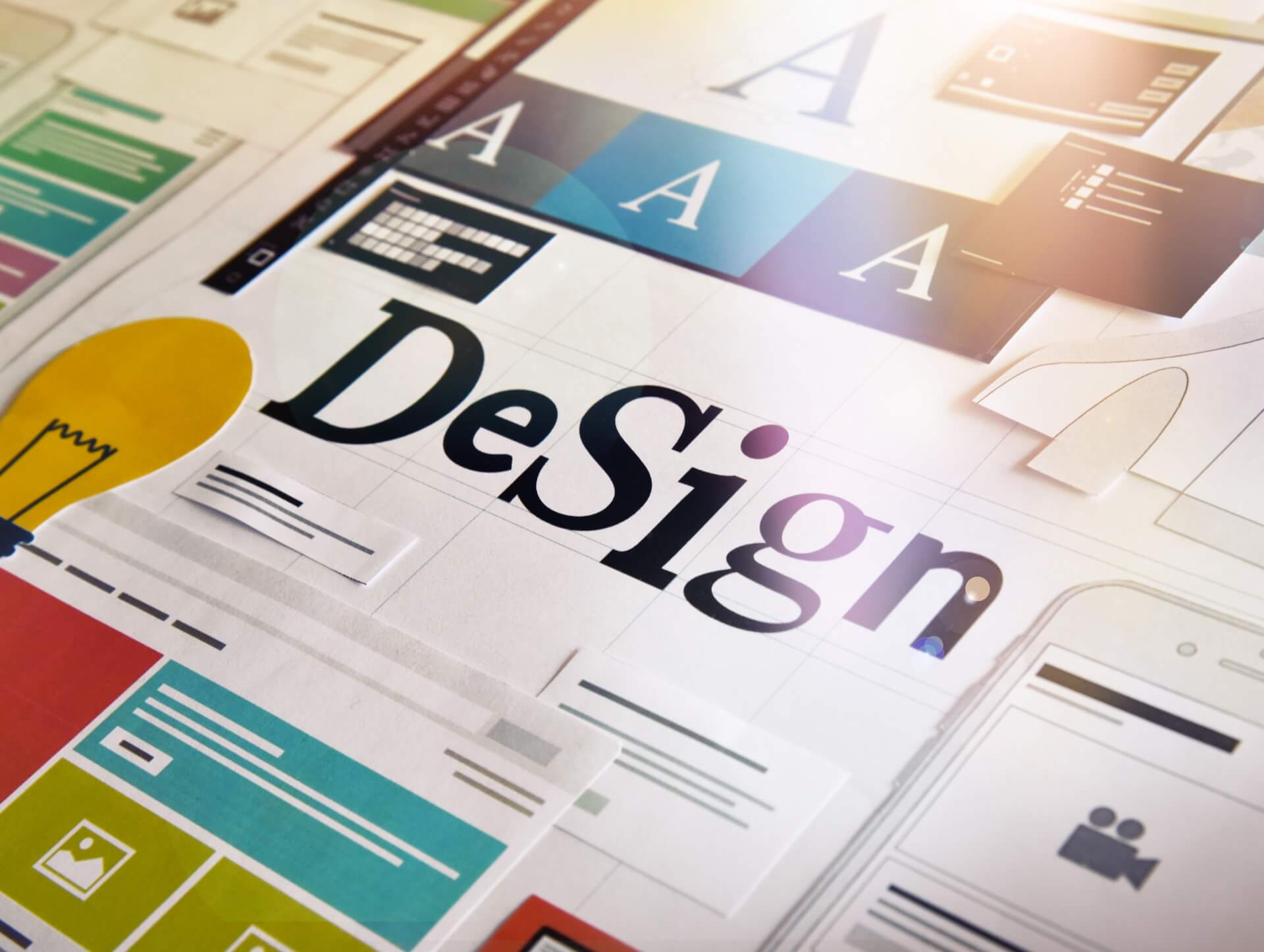The role of user-centered design in collaborative design processes

06/09/2023
When it comes to graphic design and brand identity, custom designs play a crucial role in creating a unique and memorable visual representation of a business or organization. Many companies rely on monthly design services to ensure brand consistency and to have access to ongoing creative support. However, in order to achieve the best design outcomes, it is essential to incorporate user-centered design principles and foster creative collaboration. In this article, we will explore the significance of user-centered design in collaborative design processes and how it can lead to tailored design solutions.
The Importance of User-Centered Design
User-centered design is an approach that focuses on understanding the needs and preferences of the target audience. By putting the user at the center of the design process, designers can create visual solutions that are intuitive, engaging, and effective.
Designing with the end user in mind is crucial for several reasons. Firstly, it ensures that the design meets the needs and expectations of the target audience. By conducting research and gathering user insights, designers can gain a deep understanding of the users' preferences, pain points, and behaviors. This knowledge allows them to create designs that resonate with the users and provide them with a positive experience.
Secondly, user-centered design can lead to improved usability. When a design is intuitive and easy to navigate, users can easily find the information they need and complete tasks efficiently. This not only enhances user satisfaction but also reduces the risk of user errors and frustrations.
Lastly, user-centered design can contribute to brand loyalty and customer satisfaction. When users have a positive experience with a brand's visual identity, they are more likely to develop a strong connection and trust with the brand. This can lead to increased customer retention and advocacy, which are essential for business growth.
Collaborative Design Processes
Collaboration is a key element in the design process. By involving multiple stakeholders, including designers, clients, and end users, in the decision-making process, a more comprehensive and well-rounded design solution can be achieved.
One of the most effective ways to foster collaborative design processes is through design consultation. Design consultation involves engaging with clients and users to understand their goals, requirements, and feedback. By actively involving them in the design process, designers can ensure that the final design aligns with their expectations and needs.
Moreover, ongoing creative support is crucial for successful collaboration. Design retainers, which provide clients with a dedicated designer and ongoing design services, offer a valuable solution for businesses that require continuous design support. With a professional retainer, businesses can access design expertise and unlimited revisions, ensuring that their design needs are met and maintained over time.
By promoting collaboration and ongoing communication, design partnerships can thrive. When designers and clients work together as a team, they can leverage each other's strengths and expertise, resulting in a more effective and tailored visual identity.
The Benefits of User-Centered Design in Collaborative Processes
Integrating user-centered design principles into collaborative design processes offers several benefits. Firstly, it ensures that the design solution is aligned with the needs and expectations of both the client and the end user. By involving the end user in the design process, designers can gain valuable insights and feedback that can shape the final design.
Secondly, user-centered design promotes inclusivity and accessibility. By considering the diverse needs and preferences of the target audience, designers can create designs that are inclusive and accessible to all users. This not only enhances the user experience but also reflects positively on the brand's values and commitment to diversity.
Furthermore, user-centered design can lead to innovation. By empathizing with the end user and understanding their pain points and challenges, designers can identify opportunities for improvement and develop creative solutions. This can differentiate a brand from its competitors and position it as a leader in its industry.
Lastly, user-centered design can contribute to the long-term success of a brand. By consistently focusing on the needs and preferences of the target audience, designers can create a strong and cohesive visual identity that resonates with users. This can lead to brand loyalty, customer satisfaction, and ultimately, business growth.
Conclusion
User-centered design and collaborative design processes go hand in hand when it comes to creating effective and tailored visual identities. By understanding the needs and preferences of the target audience and involving multiple stakeholders in the decision-making process, designers can create designs that are intuitive, engaging, and aligned with the brand's goals and values. Incorporating user-centered design principles into collaborative design processes can lead to long-term success, brand loyalty, and customer satisfaction. It is essential for businesses to invest in ongoing creative support, such as design retainers, to ensure that their design needs are met and maintained over time. By prioritizing user-centered design and fostering creative collaboration, businesses can achieve visual identities that truly represent who they are and resonate with their target audience.
Contact us

Spanning 8 cities worldwide and with partners in 100 more, we’re your local yet global agency.
Fancy a coffee, virtual or physical? It’s on us – let’s connect!

